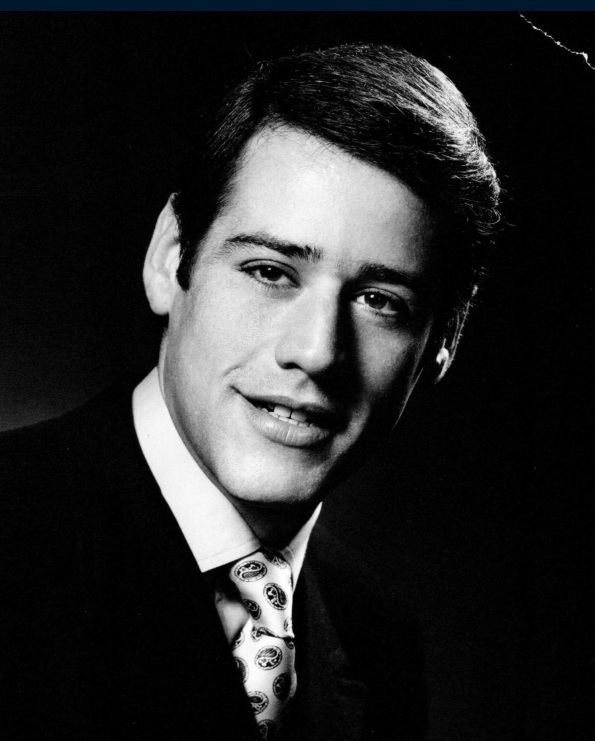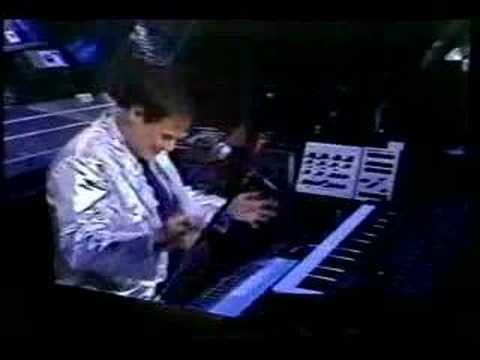Name Michael Iceberg | Role Musician | |
 | ||
Albums Does It Live: 100th Week at Walt Disney World | ||
Michael iceberg in concert from disneyland
Michael Iseberg (stage name Michael Iceberg) is an American musician. He is most noted as a performer at Walt Disney World and Disneyland in the mid-1970s to late-1980s and a highly visible early-adopter of new keyboard and synthesizer technology. Thousands of visitors to the parks over the years enjoyed his frenetic live performances on his Amazing Iseberg (later changed to "Iceberg") Machine which were demonstrations of his prowess as a keyboard performer and his ingenuity in creating new sounds. The show was performed at Walt Disney World's Tomorrowland Terrace where Cosmic Ray's Starlight Cafe currently sits, Disneyland's Tomorrowland Terrace, and also on the Disneyland Space Stage (where the Magic Eye Theater was built to accommodate the Captain EO 3-D film). Michael's "machine" was created from a collection of synthesizers and mixing devices that he referred to as "The Mechanical Contraption". The result was humorous, educational and amazing.
Contents
- Michael iceberg in concert from disneyland
- Michael iceberg on the tonight show with johnny carson
- Performing on the Amazing Iceberg Machine
- References

Michael iceberg on the tonight show with johnny carson
Performing on the Amazing Iceberg Machine
During the mid- to late-1970s, Michael used a custom Chamberlin he had put together (an ancestor to the Mellotron), using bicycle gearing to change voicings while he played, an Oberheim 4-voice synthesizer and DS-2 Digital Sequencer, a prototype Moog Polymoog synthesizer, which was later sold to make way for a Sequential Circuits Prophet-5 synthesizer with sequencer, as well as other bits and pieces, some of which were custom-made or modified to facilitate playing in live performance by one person. The Chamberlin was often used to play back sound effects, such as the horse whinny during the "William Tell Overture", wind effects, or to simulate having pigs "sing in A", as well as providing realistic violin sounds. Michael's programs featured arrangements of classical pieces and movie music, including a "Baroque Hoedown", the "Star Wars" and "Close Encounters" themes, and the end of the "William Tell Overture" ("Lone Ranger theme") as the close to the show. There were also some rock-oriented songs (the Moody Blues' "Nights in White Satin"), Disney songs and an original song, "Fanfare," which he sang at many of his shows. "Fanfare" was written from music Michael played informally. It was arranged and the lyrics were written by Rob Royer (of the band "Bread"), a good friend of Michael's. According to Michael, the words were originally written about Rob's baby daughter Jesse. Later, Michael would introduce the song as "Fanfare for Wendy," referencing his own daughter.
A major portion of Michael's show was the visual presentation, which started off with a mirror behind and above him, that allowed audiences to see him play his multiple keyboards. Eventually, the "machine" came to encompass a 10-foot pyramid that opened up to reveal Michael and the Machine inside, with the mirror in the top part of the pyramid, an extensive light show and dry ice fog.
Michael had many guest performances and performed on The Tonight Show Starring Johnny Carson.
After leaving Disney (where he eventually performed at both Disney World in Florida and at Disneyland in California), Michael played the Iceberg Machine on corporate engagements and occasional shows at colleges. These allowed him to return to his hometown of Aspen, Colorado and semi-retire where he lived as a neighbor to Michael Eisner above Snowmass Creek.
